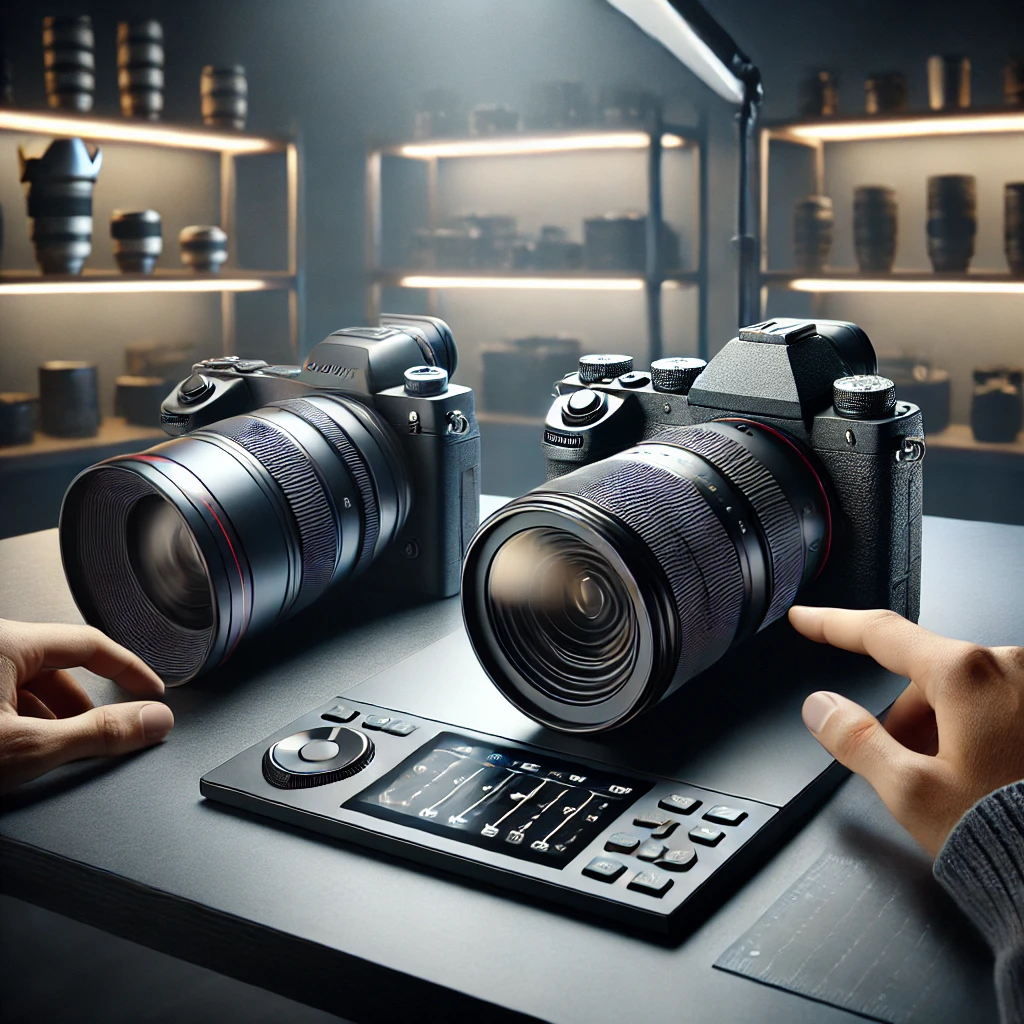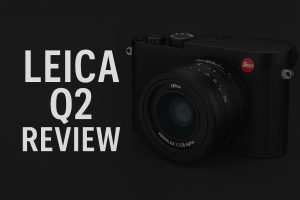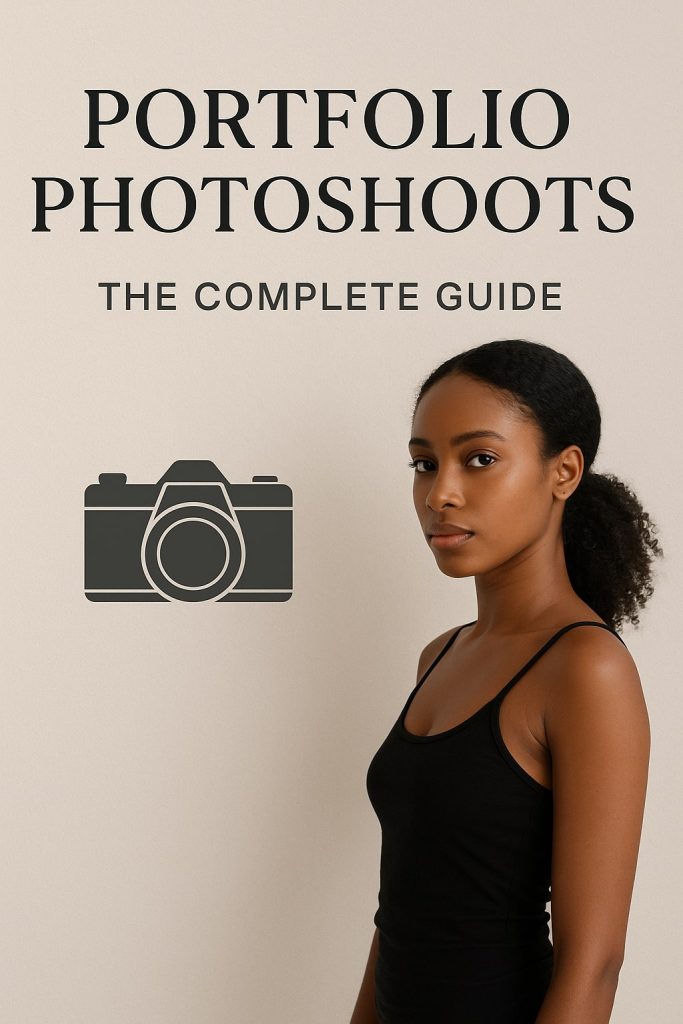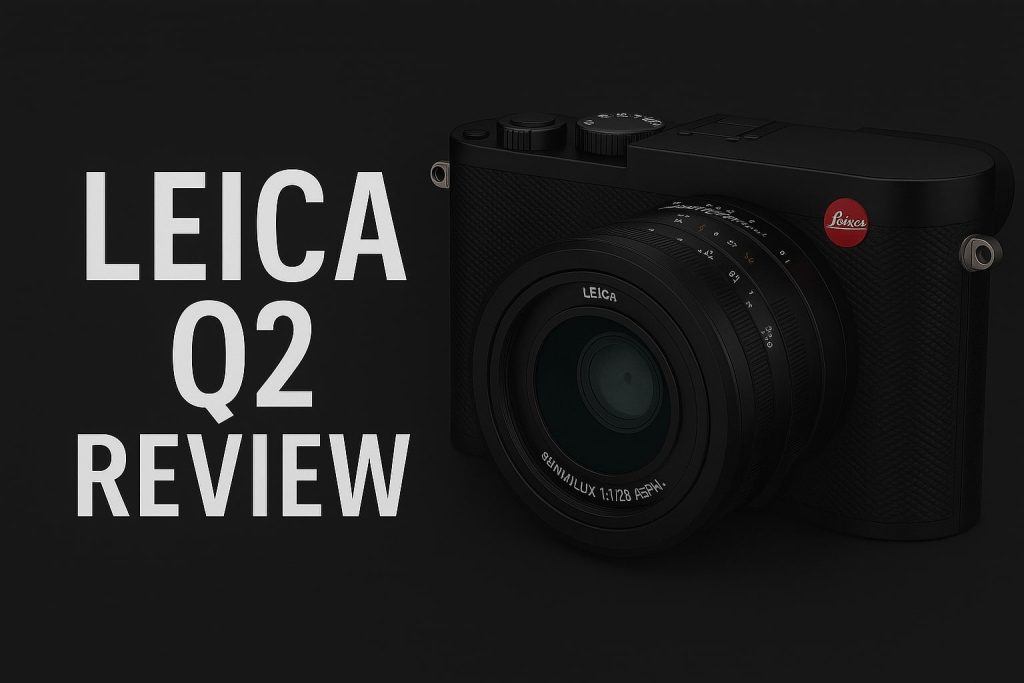In the evolving world of photography, one debate has dominated discussions over the past decade: Mirrorless vs. DSLR. While DSLRs have been the standard for professional and amateur photographers alike, mirrorless cameras are swiftly taking over. With technological advancements, improved performance, and superior portability, mirrorless cameras are now the go-to choice for photographers in 2025. This article delves deep into the reasons why mirrorless cameras are taking over DSLR, explaining key technological improvements, performance differences, and how the industry is shifting toward mirrorless systems.
1. The Decline of DSLR Cameras
For years, DSLR cameras were the gold standard for professionals due to their optical viewfinders, superior battery life, and reliability. However, several factors have led to their decline:
- Bulk and Weight: DSLRs are significantly heavier and bulkier compared to mirrorless cameras.
- Moving Parts: The mirror mechanism inside a DSLR makes it prone to wear and tear.
- Slow Innovation: Camera manufacturers are prioritizing research and development for mirrorless cameras, leading to fewer updates in the DSLR space.
- Market Shift: Nikon, Canon, and Sony have either stopped or slowed down the production of new DSLR models, signaling an industry-wide shift.
As a result, professionals and hobbyists are moving away from DSLRs toward lighter, more advanced mirrorless systems.
2. What Makes Mirrorless Cameras Better?
Mirrorless cameras have improved in several areas, making them a superior choice for photographers. Here’s why they are taking over:
A. Compact and Lightweight Design
- Mirrorless cameras do not have the bulky mirror mechanism found in DSLRs.
- They are significantly smaller and lighter, making them more portable.
- Ideal for travel, street, and documentary photography where mobility is key.
B. Faster and More Advanced Autofocus
- DSLRs rely on phase-detection autofocus through the optical viewfinder, which can be slow in live view.
- Mirrorless cameras use on-sensor phase detection and contrast detection, making autofocus faster and more accurate.
- Eye and subject tracking AI in modern mirrorless cameras ensures pinpoint accuracy, even in motion-heavy environments.
C. Electronic Viewfinders (EVFs) vs. Optical Viewfinders (OVFs)
- Mirrorless cameras feature Electronic Viewfinders (EVFs), displaying real-time exposure and white balance.
- This allows photographers to see the exact image before pressing the shutter, unlike OVFs in DSLRs that rely on guesswork.
- Improved refresh rates and high-resolution EVFs now rival the clarity of optical viewfinders.
D. Superior Video Capabilities
- Mirrorless cameras dominate in video recording, offering higher resolutions (8K, 6K, 4K) and faster frame rates.
- No mirror mechanism means silent shooting and smoother transitions between scenes.
- Many models now include in-body image stabilization (IBIS) for handheld video recording.
E. Continuous Innovation and Futureproofing
- DSLR development has stalled, while mirrorless technology continues to evolve.
- Features like AI-powered autofocus, real-time tracking, improved sensor technology, and computational photography are available only in mirrorless cameras.
- Manufacturers are investing heavily in mirrorless lens ecosystems, ensuring better compatibility and future-proofing.
3. Major Camera Brands Focusing on Mirrorless Systems
Most major camera brands have either discontinued their DSLR production or have pivoted towards mirrorless development. Here’s a look at the industry shift:
- Canon: No longer developing new DSLRs; focusing on the EOS R mirrorless system.
- Nikon: Ended production of several DSLR models; investing in the Z-series mirrorless lineup.
- Sony: Fully mirrorless since 2013, with innovations in the Alpha series.
- Fujifilm & Panasonic: Pioneers in mirrorless camera technology, pushing the limits with hybrid cameras.
4. Is It Time to Switch to Mirrorless?
If you’re still using a DSLR, you might be wondering if it’s time to switch. Consider these factors:
✅ You should switch if:
- You need a lighter, more portable setup.
- You want faster autofocus and better subject tracking.
- You shoot a lot of video content.
- You prefer an electronic preview of your final shot.
⛔ You should stick to DSLR if:
- You already own a collection of DSLR lenses and accessories.
- You prefer optical viewfinders over electronic ones.
- You need longer battery life without frequent recharging.
While mirrorless cameras are the future, some DSLR models still hold value, particularly for those deeply invested in their gear.
FAQ: Why Mirrorless Cameras Are Taking Over DSLR in 2025
Q1: Why are camera companies stopping DSLR production?
Most major brands are halting DSLR production because mirrorless cameras offer better features, faster innovation, and greater market demand.
Q2: Do mirrorless cameras have better image quality?
Yes, modern mirrorless sensors provide superior image quality, better dynamic range, and improved low-light performance.
Q3: Are mirrorless cameras more expensive than DSLRs?
Initially, yes. But as technology progresses, mirrorless cameras are becoming more affordable, especially with budget-friendly models available.
Q4: What are the disadvantages of mirrorless cameras?
- Shorter battery life compared to DSLRs.
- Smaller camera bodies may not feel as ergonomic.
- Electronic viewfinders (EVFs) can take time to adjust to for traditional DSLR users.
Q5: Will DSLR cameras become obsolete?
DSLRs won’t disappear immediately, but they are slowly being phased out. Mirrorless cameras are the industry standard for the future.
Conclusion: The Mirrorless Era is Here
The shift from DSLR to mirrorless cameras is now undeniable. With lighter designs, faster autofocus, enhanced video capabilities, and continuous technological advancements, mirrorless cameras are the clear winners in 2025.
If you’re looking to upgrade your photography gear, now is the perfect time to embrace the future of photography and switch to a mirrorless system.
Book your cameras now with The Candid Shoot and create timeless memories today!

Mobile Photography Hacks: Candid Moments with Your Phone
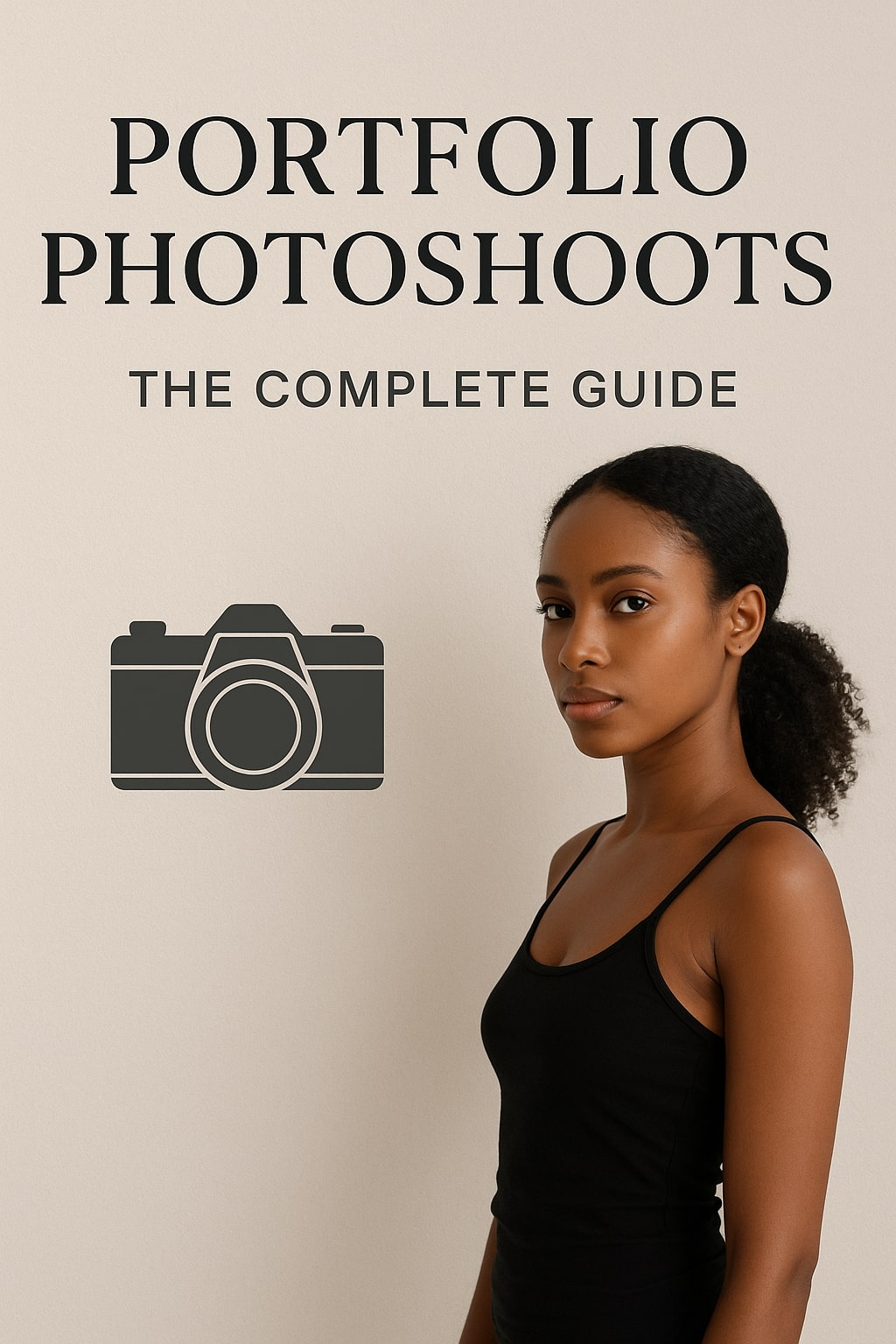
Professional Model & Portfolio Photoshoots: Show Your Best Work
-

Street Photography Tips, Effects & Poses – Complete Guide
-

Leica Q2 for Photography: Why It’s Loved by Photographers
Mobile Photography Hacks: Candid Moments with Your Phone
Discover high-impact mobile photography hacks to capture genuine, gorgeous candid moments with your phone. Learn practical tips, composition secrets, and pro techniques to turn everyday scenes into stunning visual stories. Introduction: The New Age of Mobile Photography Photography has evolved beyond heavy cameras, technical jargon, and expensive equipment. Today, the power to capture extraordinary moments
Professional Model & Portfolio Photoshoots: Show Your Best Work
” Discover how to plan, style, and execute stunning portfolio photoshoots that showcase your skills, personality, and versatility. This comprehensive guide covers professional tips, posing ideas, gear suggestions, and industry insights for models and photographers.” Introduction – Why Portfolio Photoshoots Are the Cornerstone of a Photographer’s Career A well-crafted portfolio photoshoot is more than a
Street Photography Tips, Effects & Poses – Complete Guide
Discover the ultimate guide to Street Photography with expert tips, creative effects, and dynamic poses. Learn how to capture authentic urban moments, master composition, and tell powerful visual stories through your lens. Article Outline 1. Introduction to Street Photography Street Photography is more than just taking pictures of people in public spaces — it’s about
Leica Q2 for Photography: Why It’s Loved by Photographers
Introduction: The Cult Status of the Leica Q2 The Leica Q2 is not just a camera—it’s a statement. Combining the heritage of German precision engineering with modern digital excellence, it holds a special place in the hearts of professional and passionate photographers alike. With its full-frame sensor, prime Summilux lens, and minimalist design, the Q2
Top Cameras Under ₹1 Lakh for Freelance Photography
Freelance photography is no longer a niche—it’s a booming creative profession that demands not only vision and hustle but also the right gear. Your camera isn’t just a tool; it’s your storytelling partner. If you’re a freelance photographer aiming to balance performance, versatility, and budget, investing in a cameras under ₹1 lakh can offer the
Top Features of Nikon D850 That Make It Ideal for Photoshoots
Explore the top features of the Nikon D850 that make it a powerhouse for photoshoots. From exceptional resolution to dynamic range, this detailed Nikon D850 guide is built for professional and aspiring photographers. 1. Introduction When Nikon launched the D850, it quickly earned a reputation as a flagship DSLR that redefined what photographers could expect
